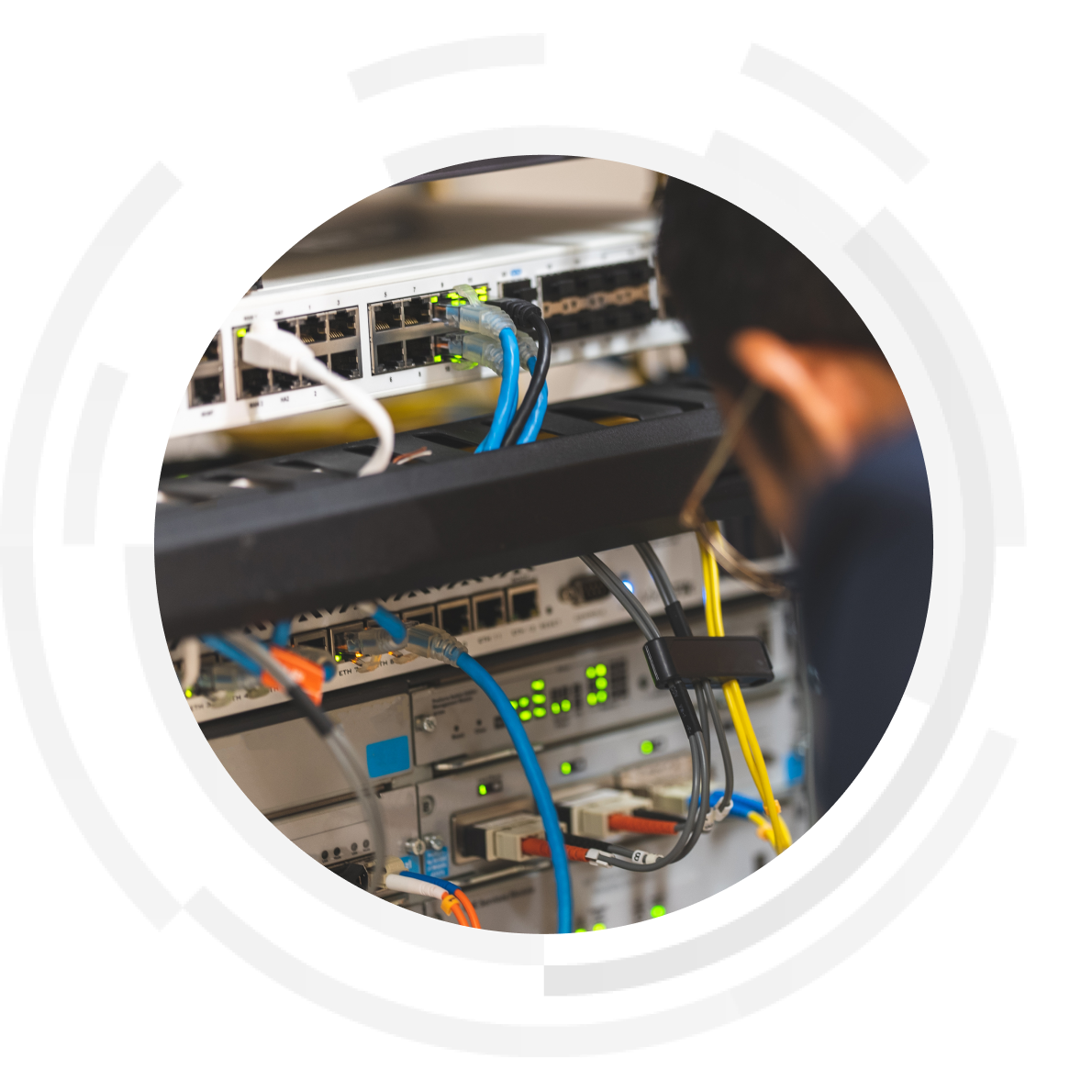HGEN is a significant investment in how foundational ICT infrastructure and services are provided and managed across NSW Health. It will ensure continued network coverage, reliability and performance across NSW Health facilities.

The Challenge
Our Information and Communication Technologies (ICT) infrastructure and network coverage at hospitals and offices need to remain reliable, efficient and future-ready to provide the best possible healthcare to the people of NSW.
With rapid advances in healthcare and evolving patient needs, NSW Health has identified the need for a standardised statewide approach to buying and managing this infrastructure and equipment.

The Plan
Over the coming years, NSW Health facilities will progressively undergo a refresh of local networking hardware and services.
The delivery of HGEN will bring together and replace ageing, inconsistent local infrastructure across over 1100 hospitals and health facilities in NSW.
Under HGEN, NSW Health organisations will purchase designated ICT network equipment and services through an approved partnership panel. This includes switches, wireless access points, cabling, network licensing and communications room upgrades.
Networking assets will be continually refreshed by utilising pooled funding.

The Outcome
HGEN will provide a sustainable refresh initiative that will ensure NSW Health can meet evolving clinical, patient and staff needs into the future.
HGEN will deliver:
- Improved coverage, reliability and performance
- Greater interoperability between NSW Health’s digital systems
- A planned approach to ICT infrastructure upgrades
- Enhanced network security
- Greater innovation to support patient care and non-clinical staff
- Greater efficiencies allowing for ongoing reinvestment.

The Benefits
HGEN will provide NSW Health with:
- Greater buying power through pooling funds
- Alignment to NSW Health strategic asset management objectives
- Alignment to NSW Health Procurement Reform Program
- A consistent approach to network services across NSW
- A sustainable infrastructure refresh initiative that will meet evolving healthcare needs.
HGEN is a collaboration between the Ministry of Health, eHealth NSW and NSW Health organisations.
Related solutions
The Health Wide Area Network (HWAN) connects health facilities with NSW data centres, in order to share communicati…
NSW Health Patient and Guest Wi-Fi provides a secure and consistent service to our hospitals and facilities across…
eHealth NSW is transitioning IT infrastructure from on-premise to the cloud to provide greater scalability, flexibi…
